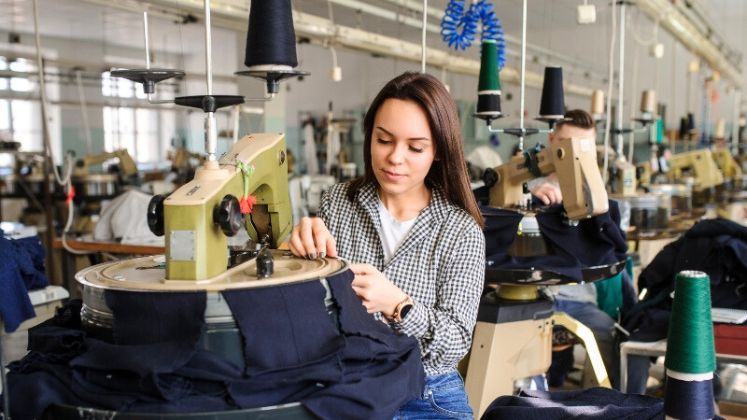
The EU’s textile market is anticipated to maintain an upward consumption trend over the next ten years, driven by the growing demand for non-woven, felt, and coated textile clothing.
The market is expected to slow down and grow at a projected compound annual growth rate (CAGR) of +1.1 per cent between 2024 and 2035, reaching a volume of 148 million units by the end of 2035.
In terms of value, the market is expected to grow at a projected compound annual growth rate (CAGR) of +1.9 per cent between 2024 and 2035. By the end of 2035, the market is expected to be worth US $ 24 billion (at nominal wholesale prices).
The European Union’s consumption of non-woven, felt, and coated textile clothing decreased somewhat to 130 million units in 2024, a decrease of -4.8 per cent from the year before.
In 2024, the European Union’s non-woven, felt, and coated textile clothing market shrank to US $ 19.5 billion, a -11.7 per cent decline from the year before.
In 2024, Spain, France, and Belgium accounted for 41 per cent of total consumption, with Spain consuming 21 million units, France 16 million units, and Belgium 16 million units. With a combined 39 per cent, Italy, the Netherlands, Romania, Poland, and Germany trailed slightly.
With a combined 45 per cent market share, Spain (US $ 4.3 billion), Belgium (US $ 2.8 billion), and the Netherlands (US $ 1.7 billion) seemed to have the highest market values in 2024. With a combined 34 per cent, Italy, Romania, France, Poland, and Germany trailed somewhat.
For the first time since 2021, non-woven, felt, and coated textile clothing manufacturing fell by -24.3 per cent to 98 million units in 2024, halting a two-year trend. According to export pricing trends, the production of non-woven, felt, and coated textile clothing fell significantly in value terms to US $ 21.1 billion in 2024.
In value terms, the largest non-woven, felt and coated textile garment importing markets in the European Union were Germany (US $ 1 billion), France (US $ 713 million) and Spain (US $ 465 million), with a combined 43 per cent share of total imports. The Netherlands, Italy, Belgium, Sweden, Poland, Denmark and the Czech Republic lagged somewhat behind, together accounting for a further 40 per cent.






